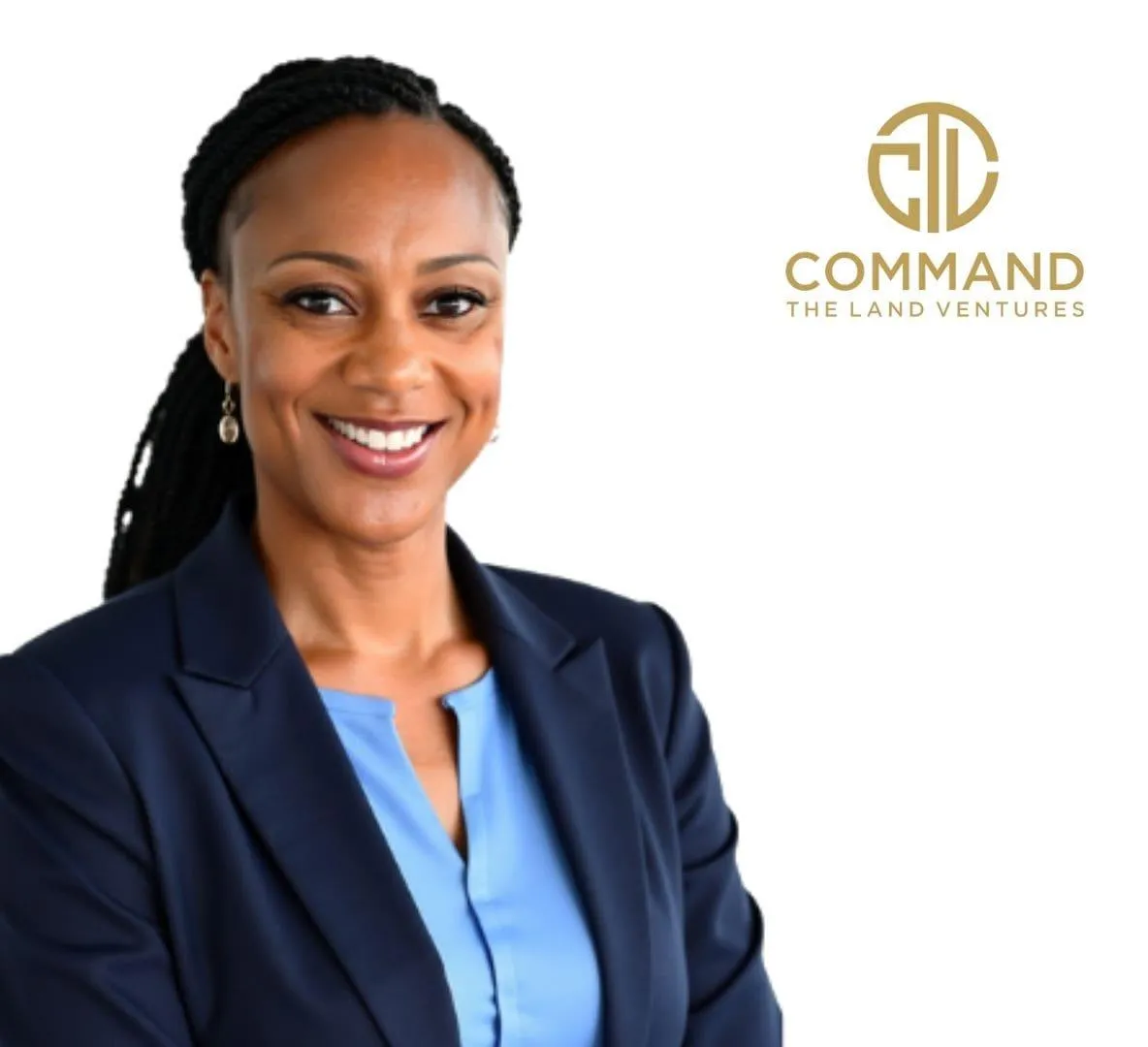
It Takes a Village: The Role of Faith and Community in Sustainable Housing Models
How Spiritual Values and Collective Support Empower Housing Providers and Residents
In a world where housing often feels transactional and impersonal, faith and community are breathing life back into how we serve people—especially the elderly, disabled, and underserved.
When it comes to sustainable shared housing, success doesn’t rely on real estate alone. It thrives on people, purpose, and deep-rooted values.
Whether you’re planning to open a group home, transitional home, or faith-based facility, anchoring your model in spiritual values and community accountability creates stronger, more sustainable outcomes—for both residents and providers.
Faith Is More Than a Belief—It’s a Framework
Faith-based housing goes beyond prayer and principles. It provides:
Mission clarity: You know who you serve and why.
Moral consistency: Decisions are guided by values, not just profits.
Steadfastness during setbacks: Faith encourages resilience when the process gets tough.
When faith guides the mission, housing becomes more than shelter—it becomes sanctuary.
Community Is the Engine That Makes It Work
No one can build a sustainable housing model in isolation. It takes:
Local churches or nonprofits providing referrals and volunteers
Supportive neighbors who welcome the mission
Business partners or mentors who share your vision
Caregivers and staff who buy into the culture
Whether you’re just starting out or managing multiple homes, a strong community makes your model more stable, respected, and scalable.
Why Faith + Community Makes Group Homes Thrive
When combined, faith and community create:
1. Stronger Resident Culture
Shared values promote accountability, respect, and dignity inside the home. Residents thrive when they feel spiritually and emotionally supported.
2. Healthier Provider Mindsets
Running a home is demanding. Providers grounded in faith and supported by community avoid burnout and maintain long-term vision.
3. Mission-Aligned Growth
Scaling your housing model becomes more intentional and less transactional. It’s not about adding properties—it’s about multiplying impact.
4. Financial Resilience
Faith-based communities often contribute time, donations, or resources—reducing operational burdens and increasing sustainability.
Want to Build Housing That Lasts and Serves?
You're not just starting a business—you’re answering a call.
If you're ready to take your next step with purpose and strategy, join the Start Your Senior Living Business Challenge. In just 5 days, you'll:
Clarify your mission and audience
Learn how to secure your first property
Choose between licensed and non-licensed models
Get the systems and guidance you need to grow with heart
It’s time to build something that reflects your faith, uplifts your community, and transforms lives—starting with your own.
Frequently Asked Questions
1. Do I need to be affiliated with a church to run a faith-based group home?
Not necessarily. You just need a clear set of spiritual or moral values that inform your operations, policies, and resident care approach.
2. Can community support really help my housing business grow?
Absolutely. Strong local partnerships create referral pipelines, resource-sharing opportunities, and even emergency support during hard times.
3. What kinds of housing models benefit from this approach?
This applies to senior homes, reentry housing, transitional housing, group homes for adults with disabilities, and more.
4. How do I find like-minded staff and volunteers?
Start with your personal network, local faith organizations, or online platforms that support mission-aligned hiring and volunteering.
5. What if I don’t have any housing experience?
Many of our most successful providers started with no background in real estate or senior care. With the right mentorship, you can learn everything you need to launch and grow.
Key Takeaways
Faith provides clarity and resilience for providers starting shared housing businesses
Community offers practical and emotional support that leads to long-term sustainability
Together, they form a powerful foundation for impact-driven homes
You can build a mission-aligned model—even without prior experience
The journey is more effective (and more joyful) when you're not doing it alone
